


 |
 |
|||||||||
| 1 | 2 | 3 | 4 | 5 | 6 | 7 | 8 | 9 | ||
February 3, 2008
Group,
Here's a new series of pictures from Dudley Pattison showing the progress on the UK Stummelflitzer Z-1R prototype.
Lynn
February 28, 2008
Hi all,
After all the mails dreaming up names [for the Z-4,] I thought I had better bring you all down to earth with a shot of my bottom. You will note various access apertures and the down elevator wire coming from the torque tube necessitating a long slit to get back into the fuselage again. The two flying wire carry throughs are also in evidence. While all this is going on I have made a good start on the undercarriage which will be a little more complex than the standard flitzer having a split axle, a la Camel.
Duds
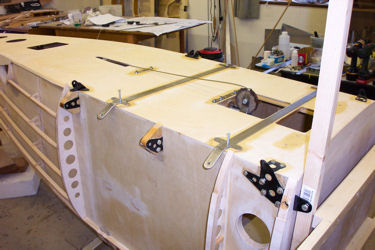
February 28, 2008
Group,
Here's the first picture of Dudley Pattison's Stummelflitzer Z-1R main undercarriage leg in its welding jig.
Soon the day will arrive when it stands on its gear!
Lynn
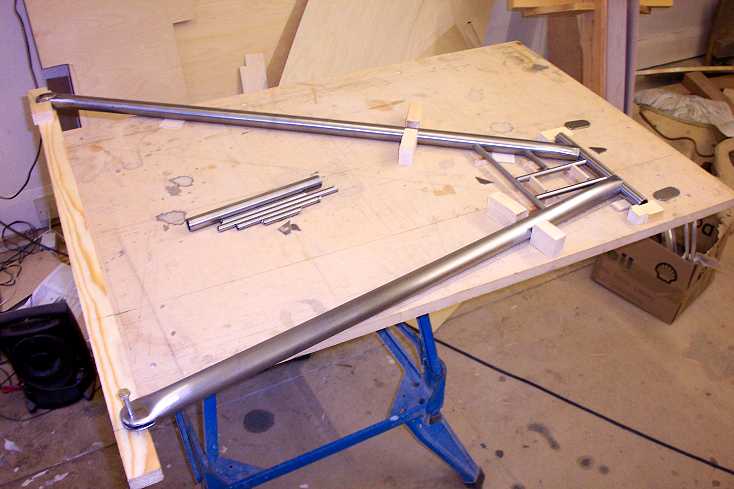
June 1, 2008
Duds,
How's this for the plan view? It chimes with the current side elevation colour scheme and doesn't add a further colour to the arrangement.
Even though a split registration colour is 'illegal', as there is no requirement for an upper wing or full span registration to be carried (except as part of an authentic vintage scheme) there is nothing to stop you doing it. It is already part of the 'in house' aerobatic scheme for the Stummelflitzer types and will be incorporated in Vic's and Emmanuel's schemes as well as Hervé's as far as I know.
Bottom of the wings and fuselage, tailplane etc., could be solid red with silver lettering on the wings, as per aerobatic practice (as pioneered by myself for the British Aerobatic Team in the '60s and '70s) to avoid confusion about which way up the aeroplane was. This type of scheme with a simple upper chevron was carried by the Zlin 226, 326 and 526 as well as their Pitts and finally the Cranfield A1, although dark blue was used for the chevrons. It's not so much the colour change as the shape of the colour 'block' that provides the inverted/upright identification.
The reason for the chevron not meeting at the centre-line in a simple 'v' is that on the lower wing the red runs against the silver fuselage side, so it's better if the red curves in, and then angles back towards the trailing edge, so the upper scheme mimics this.
Cheers,
Lynn
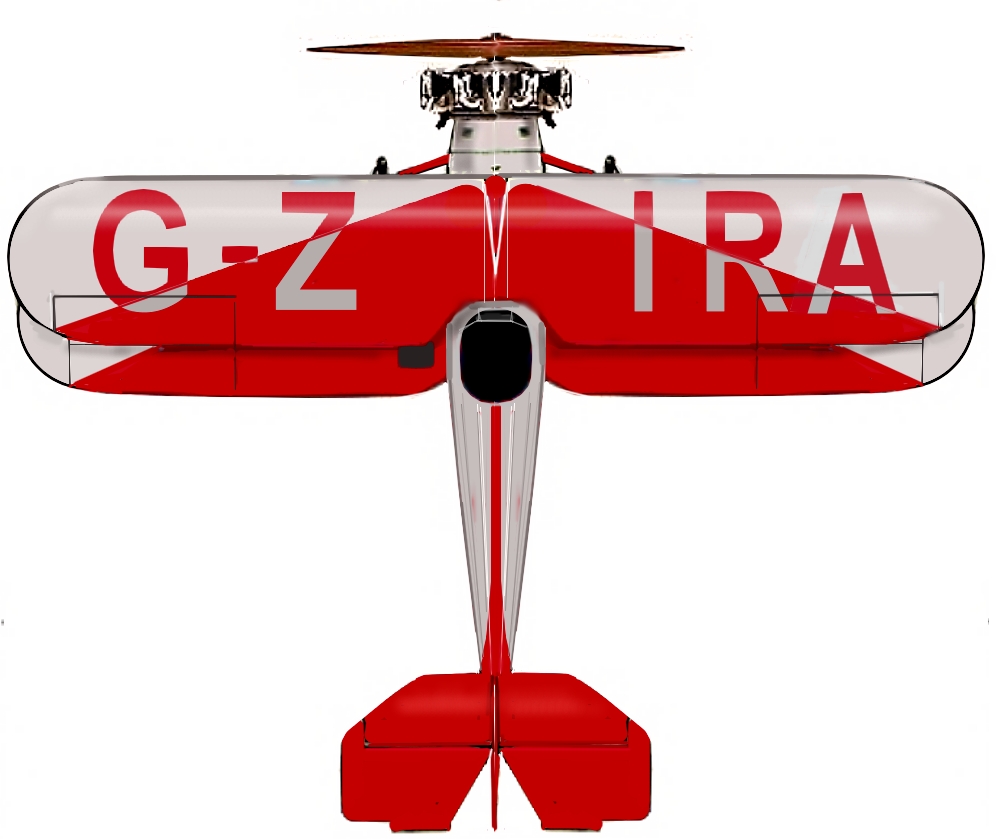
September 11, 2008
Hi all,
I just thought I would show you my bottom.
You chaps building Flitzers with flat sides and bottoms really don't know you are born. I am sure Lynn schemes for hours on ways of ensuring I shall never finish the thing (I'm joking Lynn, honestly).
Of special interest in the photo is the immaculate workshop in keeping with all other Flitzer builders.
Regards
Duds
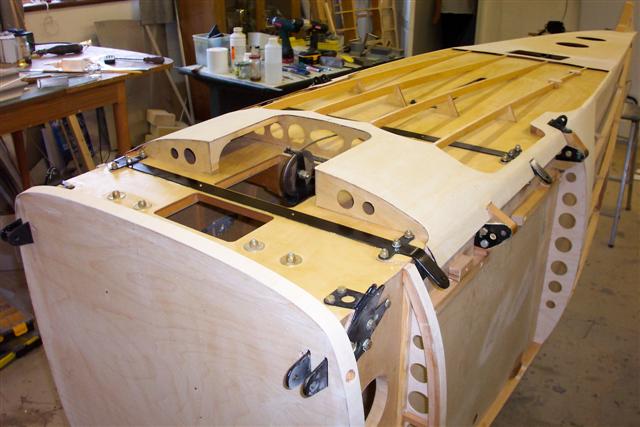
October 15, 2008
Group,
Here are several pictures showing the latest progress on Dudely's superb Stummelflitzer Z-1RA, G-ZIRA.
The long prominent head rest is a first for the Flitzer marque but was designed-in to create the most 'aggressive and pugnacious' appearance for this short-nosed fighter-like aeroplane, to enhance the compactness of the concept as well as providing effective streamlining to the pilot's head.
Dudley has interpreted the construction of this element, which was not detailed in any way, with artistry and good engineering know how with lightness, simplicity and strength in total balance.
Fabulous work as ever Dudley.
Lynn
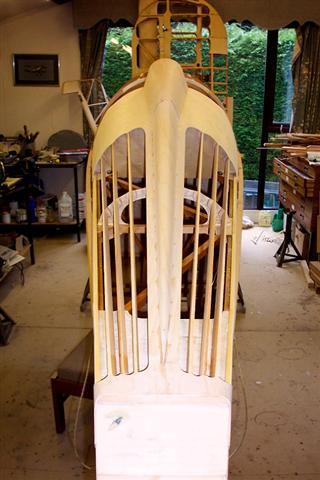 |
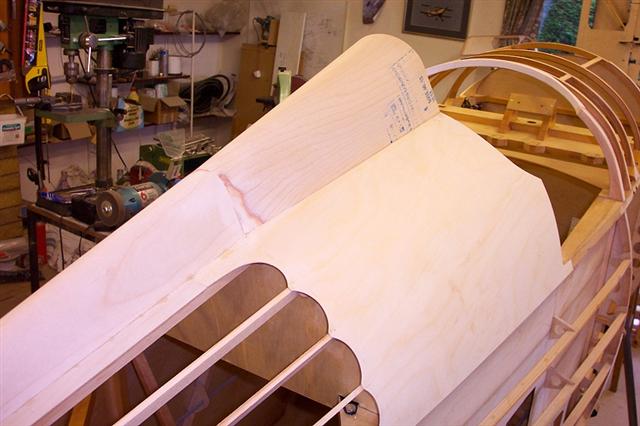 |
|
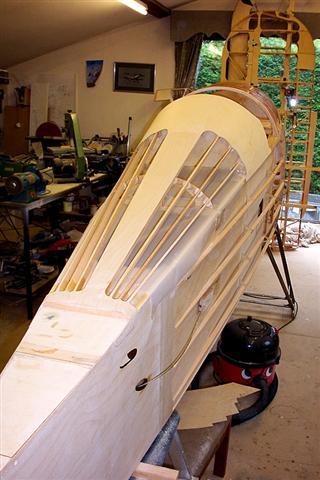 |
Here's the Dud's Z-1RA fuselage taken before the head rest itself was fitted. Note the landing gear. Wheels not fitted yet. This is going to be a tall aeroplane! |
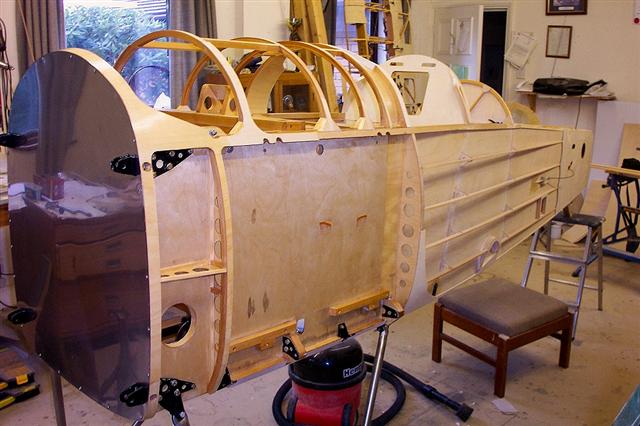 |
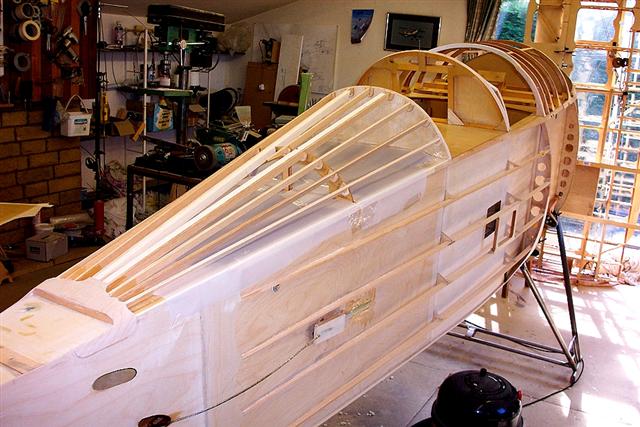 |
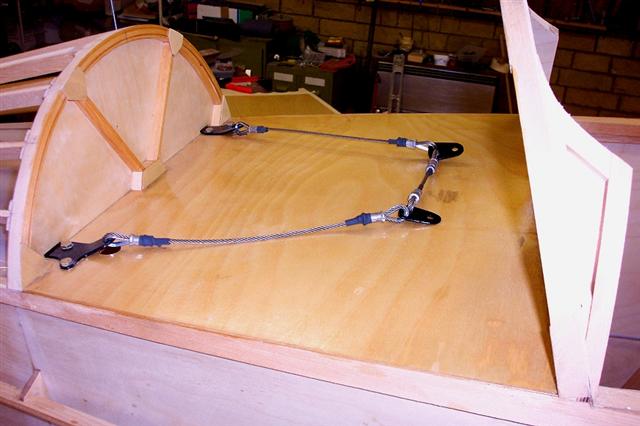 |
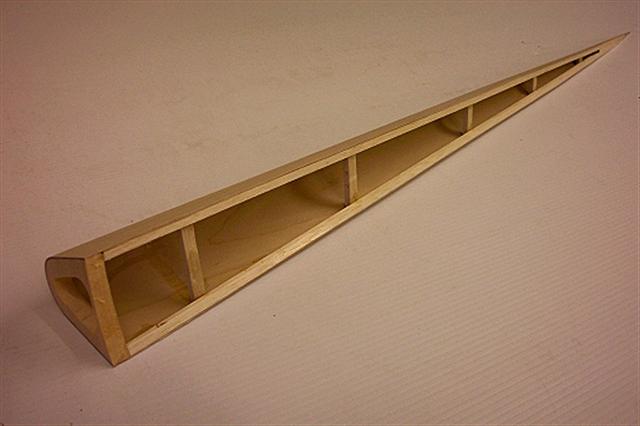 |
Last bit of detail on the Z-1RA head rest and decking for now. The restraint cables attached to the triple-bolted upper harness plates have a separater cable link, so that the shoulder harness webbing will pass each side of the pilot's neck and not cut into it at an angle, as might happen if attached to a central cable fitting. The slot in the cockpit former for the webbing is also bifurcated. Unlike the more integrated head rest on the Type S, on the Type R the head rest is more prominent and is a separate unit. |
|
 |
 |
|||||||||
| 1 | 2 | 3 | 4 | 5 | 6 | 7 | 8 | 9 | ||